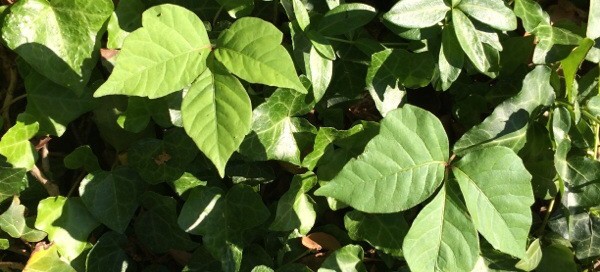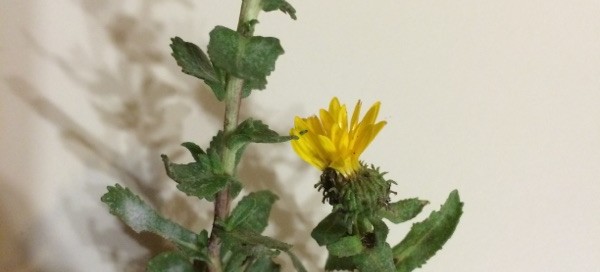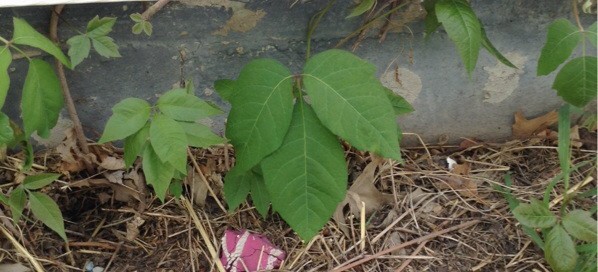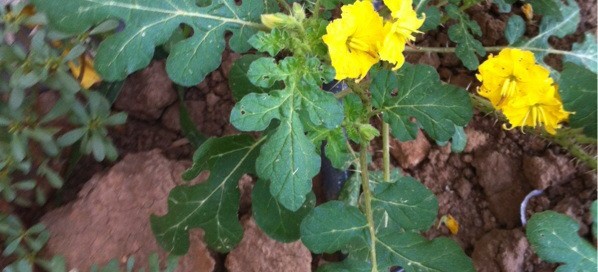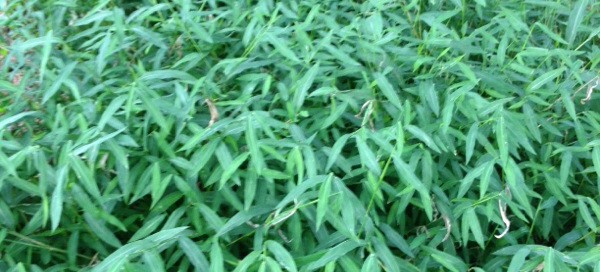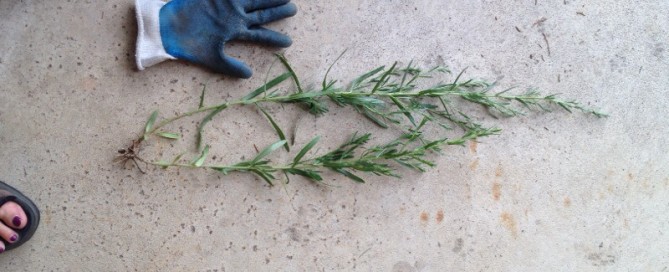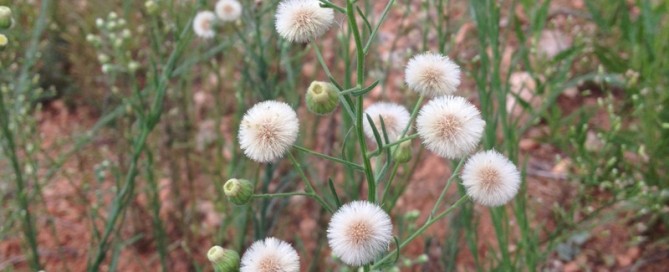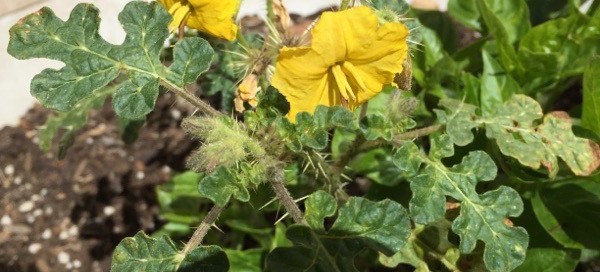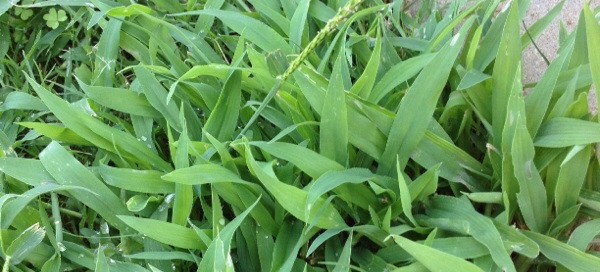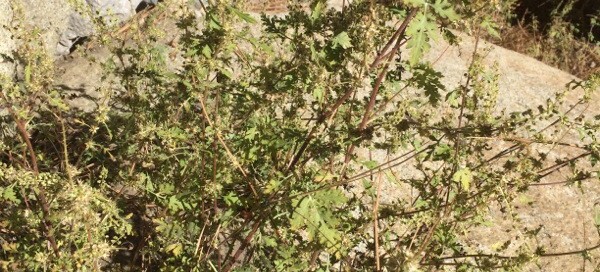Poison Ivy
We can't say for sure, but it looks like poison ivy. Until we figure this out, please don't touch the plant. But if you could take another photo, showing whether the plant has groupings of 3 leaflets or 5 leaflets, that would help. The adage "leaves of 3, let it be" is important for poison ivy because it can be a clump, shrub or a woody vine. Found most everywhere, it adapts to sun or shade conditions, various soil types, as well as wet or dry environments and can have different leaf shapes. But usually when the plant is young, its stems are a light reddish-green and can be hairy or hairless. When the plant matures more, the stems become brown and woody. If it is growing in your garden as a volunteer, suggest you dig it out as a precaution and wear gloves in case it is poison ivy. Dispose in the trash, not a compost pile. You also have other weeds and ivies growing in there so it would be best to clear out the whole area and start over.
